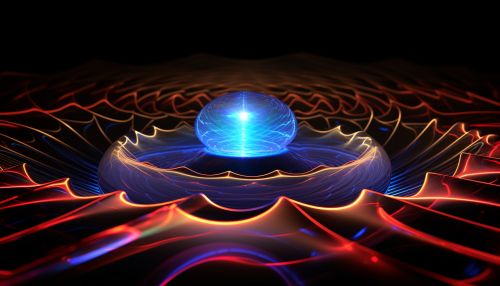The Physics of Quantum Condensates
Introduction
Quantum condensates represent a unique state of matter that is characterized by the macroscopic occupation of the ground state. This phenomenon, which is a direct consequence of quantum mechanics, is observed in systems of bosonic particles at extremely low temperatures. The most well-known examples of quantum condensates are Bose-Einstein condensates and superfluids.


Quantum Statistics and Condensation
The concept of quantum condensation is rooted in the principles of quantum statistics, which describe the behavior of identical particles. There are two types of quantum statistics: Fermi-Dirac statistics for fermions and Bose-Einstein statistics for bosons. Unlike fermions, bosons can occupy the same quantum state, leading to the possibility of quantum condensation.
Bose-Einstein Condensation
Bose-Einstein condensation (BEC) is a phase transition that occurs in a dilute gas of bosons cooled to temperatures very close to absolute zero. The particles in a BEC all reside in the lowest quantum state, creating a state of matter that behaves as a single quantum object rather than as a collection of individual particles.


Superfluidity
Superfluidity is another manifestation of quantum condensation, observed in liquid helium when it is cooled below a critical temperature. Superfluids exhibit remarkable properties, such as zero viscosity and the ability to climb the walls of containers, which are a direct result of quantum mechanical effects on a macroscopic scale.
Creation and Observation of Quantum Condensates
Creating and observing quantum condensates is a challenging task that requires sophisticated experimental techniques. The first BEC was created in 1995 by cooling a gas of rubidium atoms to a temperature of about 170 nanokelvin using a combination of laser cooling and magnetic trapping.


Applications and Future Directions
Quantum condensates have potential applications in a variety of fields, including quantum computing, precision measurement, and quantum simulation. Furthermore, the study of quantum condensates can provide insights into fundamental questions in quantum mechanics and many-body physics.
